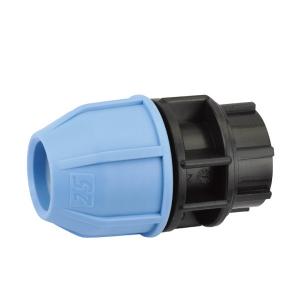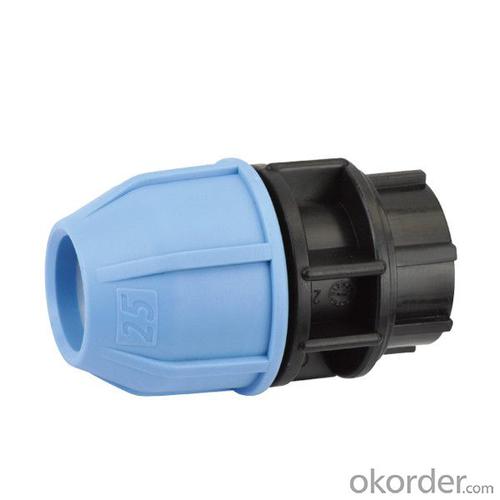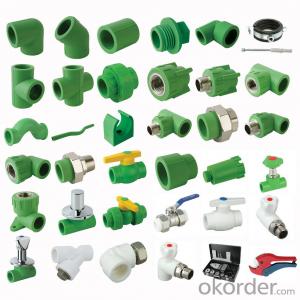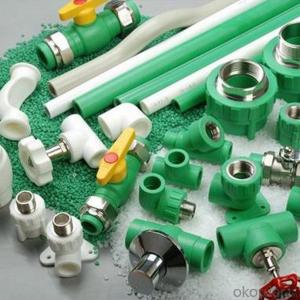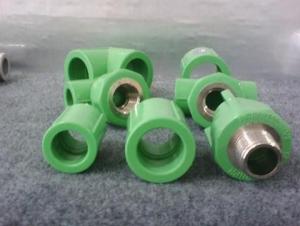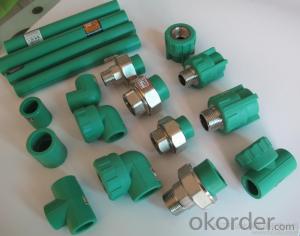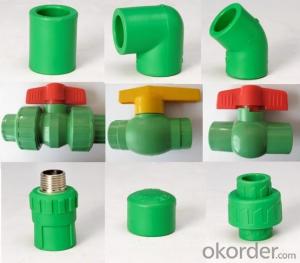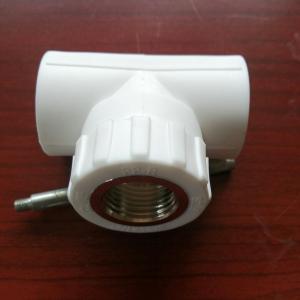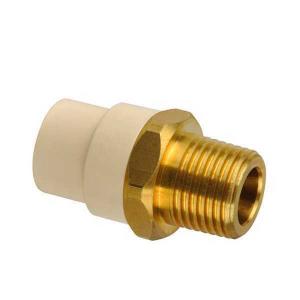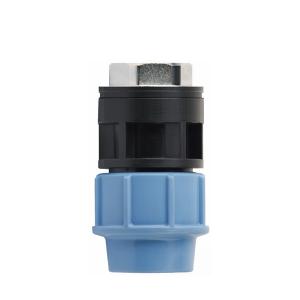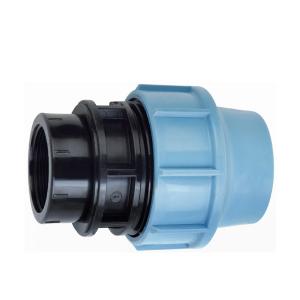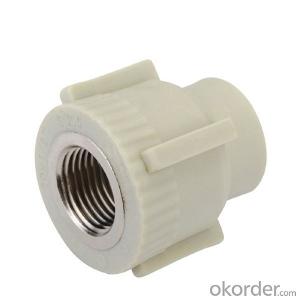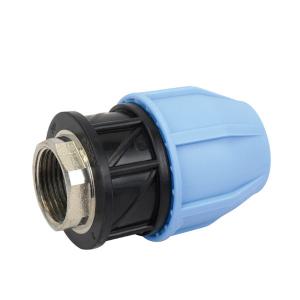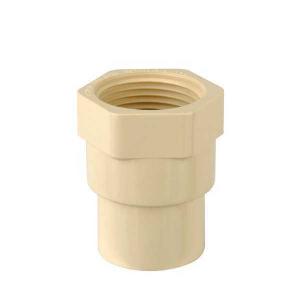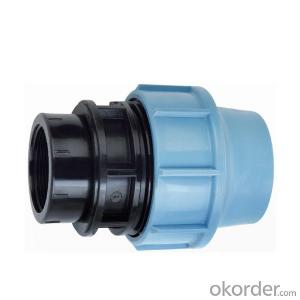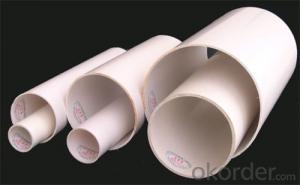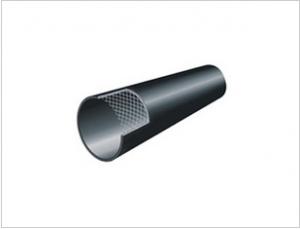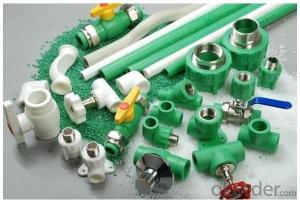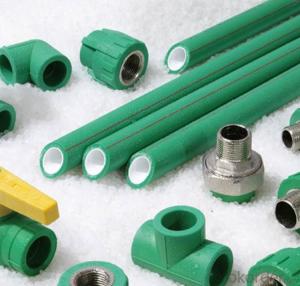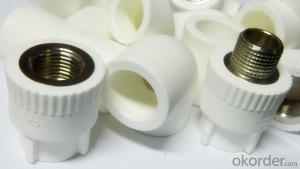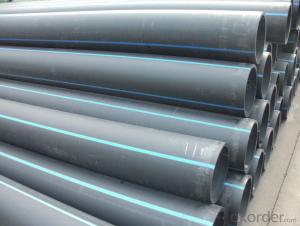High Quality Female Adaptor for Ips Plastic Pipe Fittings
- Loading Port:
- Ningbo
- Payment Terms:
- TT or LC
- Min Order Qty:
- 1000 watt
- Supply Capability:
- 100000 watt/month
OKorder Service Pledge
Quality Product, Order Online Tracking, Timely Delivery
OKorder Financial Service
Credit Rating, Credit Services, Credit Purchasing
You Might Also Like
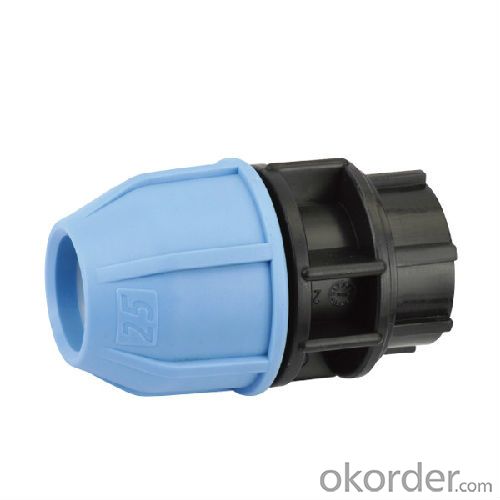 1.It is used in industrial fields, agriculture and garden irrigation 2. Beauty appearance.3.Thermal insulation and energy saving.4. Easy installation 5.excellent heat resistance and pressure resistance 6. affordable price
1.It is used in industrial fields, agriculture and garden irrigation 2. Beauty appearance.3.Thermal insulation and energy saving.4. Easy installation 5.excellent heat resistance and pressure resistance 6. affordable price
1.Material:Random Polypropylene(Hyosung R200P);
2.ISO9001&ISO14001;
3.Standard:GB/T 18742.3-2002, DIN8077/8078;
4.OEM also ok
- Q: Can plastic pipe fittings be used for oil refinery pipelines?
- No, plastic pipe fittings are not suitable for oil refinery pipelines due to the high temperatures, pressure, and corrosive nature of the substances involved. Metal fittings are typically used for such pipelines to ensure safety and longevity.
- Q: Can plastic pipe fittings be used in plumbing systems?
- Yes, plastic pipe fittings can be used in plumbing systems.
- Q: Are plastic pipe fittings suitable for both residential and industrial applications?
- Yes, plastic pipe fittings are suitable for both residential and industrial applications. They offer various advantages such as durability, corrosion resistance, and ease of installation, making them suitable for a wide range of plumbing needs in both residential and industrial settings.
- Q: How do plastic pipe fittings work?
- Plastic pipe fittings work by connecting different sections of plastic pipes together, ensuring a secure and leak-proof joint. These fittings are typically made from various types of plastic, such as PVC or CPVC, and feature threaded or solvent weld connections. The fittings are designed to match the specific diameter and type of plastic pipe, allowing for easy installation and disassembly if needed. The joint is created by either screwing the fittings together or applying a solvent cement that chemically bonds the plastic surfaces. This creates a tight and durable connection that can withstand the pressure and flow of fluids within the pipes.
- Q: Are plastic pipe fittings suitable for potable water distribution networks?
- Yes, plastic pipe fittings are suitable for potable water distribution networks. They are commonly used in such systems due to their durability, corrosion resistance, and ability to handle high pressure. Additionally, plastic pipe fittings are lightweight, easy to install, and cost-effective, making them a practical choice for potable water distribution.
- Q: Are plastic pipe fittings resistant to hydraulic pressure?
- Yes, plastic pipe fittings are generally resistant to hydraulic pressure.
- Q: What are the common testing methods for plastic pipe fittings?
- Some common testing methods for plastic pipe fittings include pressure testing, leak testing, visual inspection, dimensional verification, and material analysis.
- Q: Can plastic pipe fittings be used for chemical storage systems?
- No, plastic pipe fittings should not be used for chemical storage systems as they may not be able to withstand the corrosive nature of certain chemicals and can lead to potential leaks or failures in the system. It is recommended to use fittings specifically designed for chemical storage applications, such as those made from corrosion-resistant materials like stainless steel or high-density polyethylene (HDPE).
- Q: Can plastic pipe fittings be used in sewage treatment systems?
- Yes, plastic pipe fittings can be used in sewage treatment systems. Plastic fittings are commonly used in sewage treatment systems due to their corrosion resistance, durability, and cost-effectiveness. They are often preferred over traditional metal fittings as they do not rust or corrode, making them suitable for the harsh and corrosive environment of sewage treatment systems.
- Q: Are plastic pipe fittings suitable for cooling towers?
- Yes, plastic pipe fittings are suitable for cooling towers. They are commonly used in cooling tower systems due to their corrosion resistance, durability, and ease of installation. Plastic pipe fittings can effectively handle the pressure, temperature, and chemical demands of cooling tower applications, making them a reliable choice for this purpose.
Send your message to us
High Quality Female Adaptor for Ips Plastic Pipe Fittings
- Loading Port:
- Ningbo
- Payment Terms:
- TT or LC
- Min Order Qty:
- 1000 watt
- Supply Capability:
- 100000 watt/month
OKorder Service Pledge
Quality Product, Order Online Tracking, Timely Delivery
OKorder Financial Service
Credit Rating, Credit Services, Credit Purchasing
Similar products
Hot products
Hot Searches
Related keywords
